When most people think of Japan, cities like Tokyo or Kyoto usually take the spotlight. But venture a little further inland and you’ll stumble upon Nagano, a mountainous prefecture full of natural beauty, cultural gems, and more hot springs than you can count.
Whether you’re planning a snowy winter escape or a tranquil summer retreat, here are 8 awesome things to do in Nagano that’ll make you wonder why you didn’t visit sooner.
How to get to Nagano
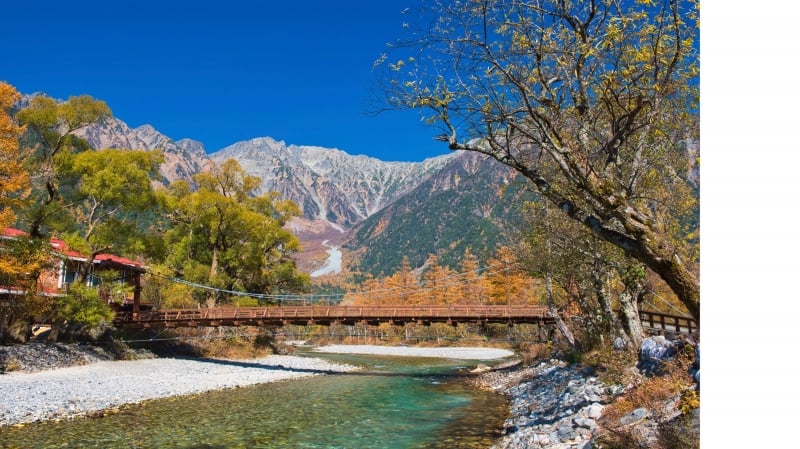
Image credits: Hiroyuki Oda via Canva Pro
Getting to Nagano from Tokyo
Take the Hokuriku Shinkansen from Tokyo or Ueno Station to Nagano Station. It takes about 1.5 hours and costs around ¥8,000-¥9,000 (~S$70-79). This is the fastest and easiest option.
Budget alternative: Highway buses from Shinjuku take around 4 hours and cost ¥3,000–¥4,000 (~S$26-$35).
Getting to Nagano from Osaka
Take the Tokaido Shinkansen from Shin-Osaka to Nagoya, then transfer to the Shinano Limited Express to Nagano. Total travel time is around 4 hours, costing ¥11,000–¥13,000 (~S$96-$113).
Overnight buses are also available, taking 7–9 hours for ¥4,000–¥7,000 (~S$35-$61).
Both routes are JR Pass-friendly, and Nagano Station is well connected to local buses, onsen towns, and ski resorts.
Also read: 13 Underrated Dishes You Should Never Leave Japan Without Trying
Things to do
1. Witness the world-famous snow monkeys at Jigokudani Monkey Park
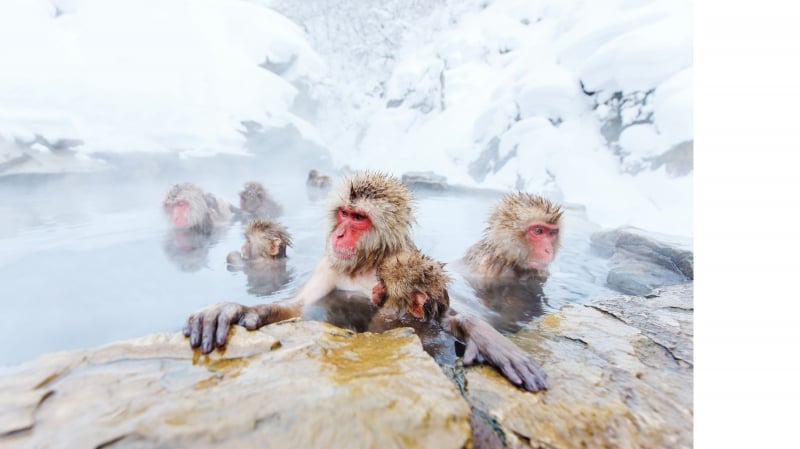
Image credits: blueorangestudio via Canva Pro
No Nagano trip is complete without a visit to these adorable hot-spring-loving macaques. Located in the snowy mountains of Yamanouchi, Jigokudani Monkey Park is where wild Japanese macaques bathe in steaming onsens during winter. The monkeys are completely free-roaming, and watching them soak, groom each other, and chill like pros is easily one of the most unique things to do in Japan.
TripZilla Tip: Visit between December and March for peak snow-monkey-zen energy.
2. Step back in time at Matsumoto Castle
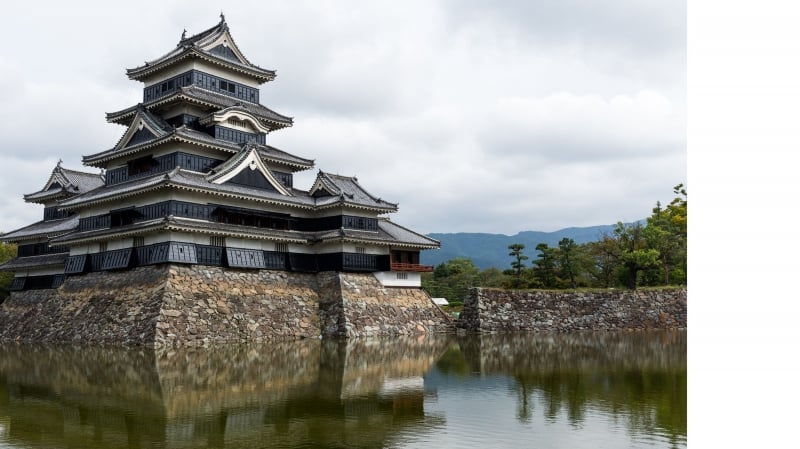
Image credits: Leung Cho Pan via Canva Pro
Nicknamed the “Crow Castle” because of its striking black exterior, Matsumoto Castle is one of Japan’s oldest original castles. With its dramatic backdrop of the Japanese Alps and classic wooden interiors, exploring this samurai-era stronghold feels like time travel. Climb up the steep stairs to the sixth floor for panoramic views of the surrounding city, just hold onto the railing!
Don’t forget to snap a photo with the castle reflected in the moat, especially during cherry blossom season. Gorgeous.
3. Ride the scenic Tateyama Kurobe Alpine Route
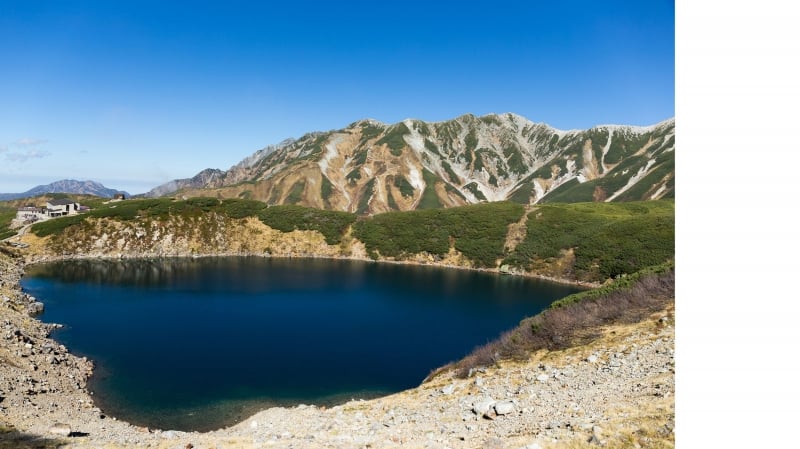
Image credits: Leung Cho Pan via Canva Pro
If you’re into jaw-dropping landscapes, this one’s for you. The Tateyama Kurobe Alpine Route is a multi-transport journey through the Japanese Alps involving buses, cable cars, ropeways, and even a trolley bus through a mountain tunnel.
What makes it truly iconic? In spring, snow walls that reach up to 20 metres high line the path. Yes, actual snow corridors taller than a house. Come in summer or fall for equally impressive mountain views and vibrant foliage.
4. Slurp handmade soba in Togakushi
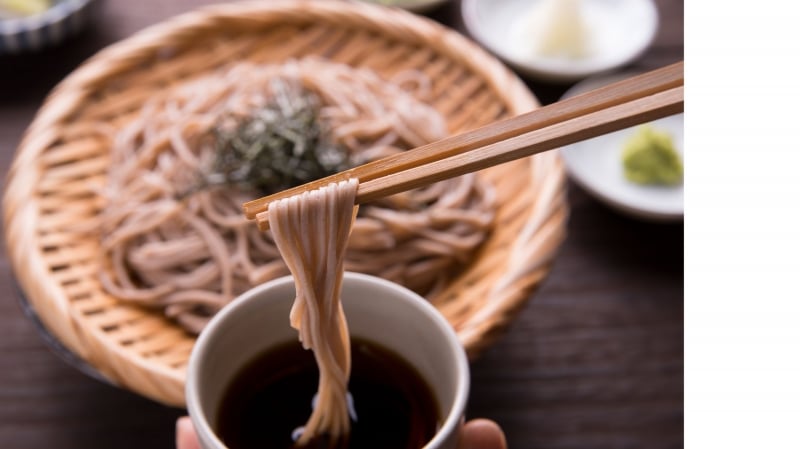
Image credits: Promo_Link via Canva Pro
Nagano is known as Japan’s soba capital, and Togakushi is where you’ll taste some of the best. Made with pure spring water and locally grown buckwheat, Togakushi soba is firm, nutty, and ridiculously good.
Combine your soba run with a visit to the Togakushi Shrine, a peaceful set of five shrines hidden within ancient cedar forests. The walk up to the Okusha (Upper Shrine) is straight out of a Studio Ghibli scene, lined with towering trees that feel older than time.
Also read: Exploring Japan: 3 Day Osaka Itinerary Covering Top 8 Attractions
5. Take a dip in an onsen in Shibu or Nozawa
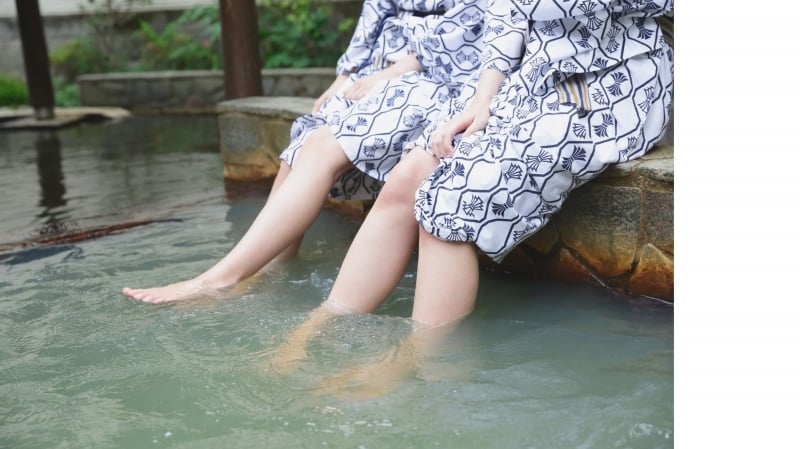
Image credits: Aflo Images via Canva Pro
After a long day exploring, nothing beats soaking in a traditional Japanese onsen. Shibu Onsen and Nozawa Onsen are two of Nagano’s most charming hot spring towns. Cobbled streets, wooden ryokans, and steaming public baths set the perfect scene.
In Shibu, you can try the “nine public bath challenge”. A pilgrimage of sorts that’s said to bring good luck if you complete all nine. Don’t forget your yukata!
TripZilla Tip: Many onsens have a “no tattoos” rule, so check ahead or find tattoo-friendly options if needed.
6. Ski or snowboard Japan’s powder paradise in Hakuba
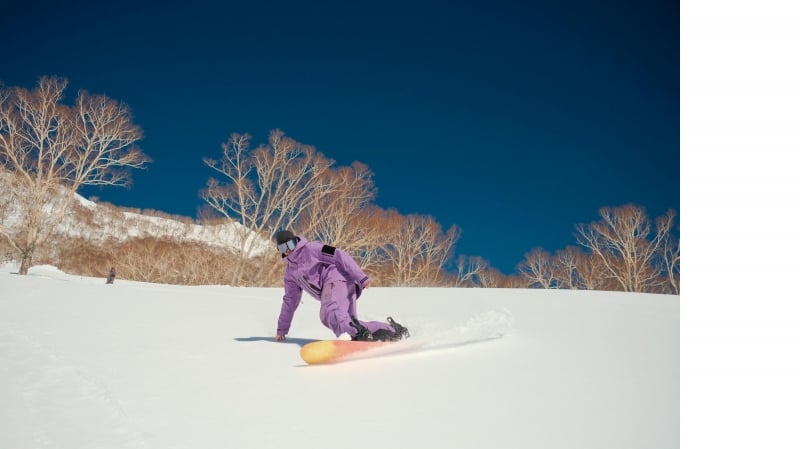
Image credits: Shashank Brahmavar via Canva Pro
If winter sports are your jam, Hakuba Valley is where it’s at. Host of the 1998 Winter Olympics, this ski resort area boasts some of the best powder snow in the world. Soft, fluffy, and perfect for shredding.
Whether you’re a beginner or a seasoned pro, Hakuba offers a variety of slopes, ski schools, and après-ski options. Bonus: English-friendly services make it a breeze for international visitors.
And if you’re visiting in summer? The mountains transform into hiking and mountain biking trails, with far fewer crowds.
7. Explore the underground world of Zenkoji Temple
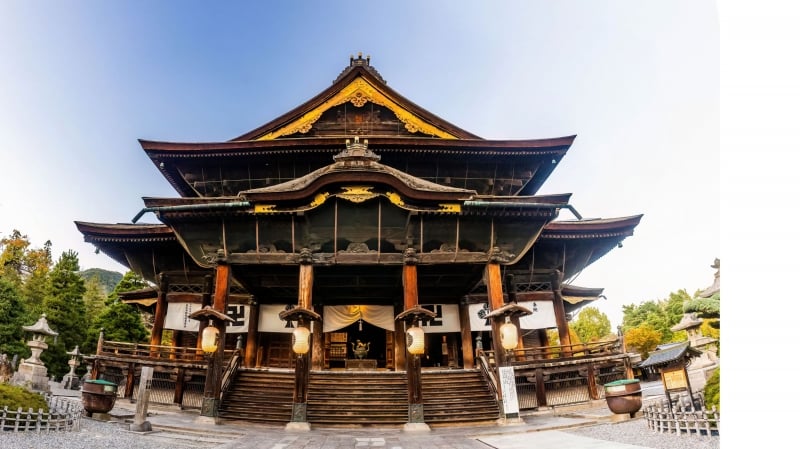
Image credits: IVAN KOKOULIN via Canva Pro
Located in Nagano City, Zenkoji is one of Japan’s most important and atmospheric temples. It’s believed to house the first Buddhist statue ever brought to Japan (though it’s permanently hidden from public view).
The real thrill? Walking through a pitch-black underground passage beneath the main hall in search of the “key to paradise.” Touching this key (if you can find it in the dark!) is said to guarantee enlightenment. No pressure, though.
Stick around for the morning ceremony held daily by the temple monks. It’s a spiritual experience even if you’re not religious.
8. Go apple-picking in the Nagano countryside
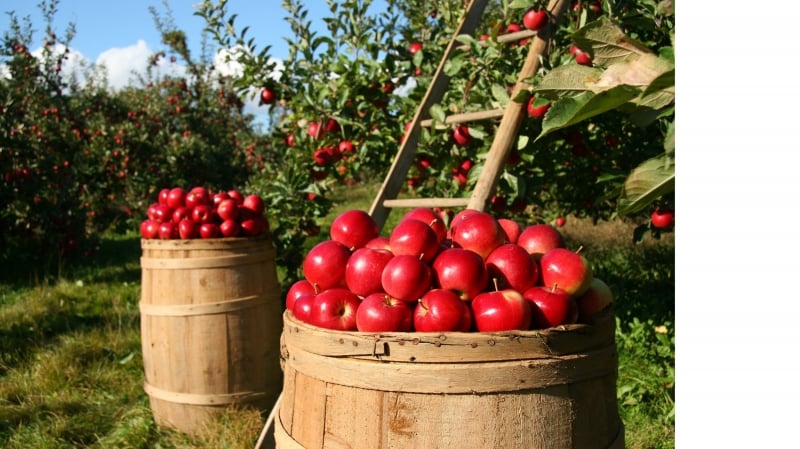
Image credits: lumix2004 via Canva Pro
Nagano is Japan’s second-largest producer of apples and the fruit here is next-level juicy and sweet. Visit in autumn and head to one of the many orchards offering apple-picking experiences, usually with an all-you-can-eat perk.
There’s nothing quite like biting into a crisp Shinano Gold or Fuji apple right off the tree. Plus, many farms also sell apple-based treats like pies, juice, and cider to bring home.
Best time to visit: Late September to November.
Also read: What to Eat in Tokyo: 10 Must-Try Foods and Where to Find Them
Whether you’re soaking in an onsen, trekking through ancient forests, or chilling with monkeys in the snow, Nagano delivers a mix of nature, culture, and comfort all wrapped up in one scenic package. So pack your boots and your appetite. Nagano is calling.




